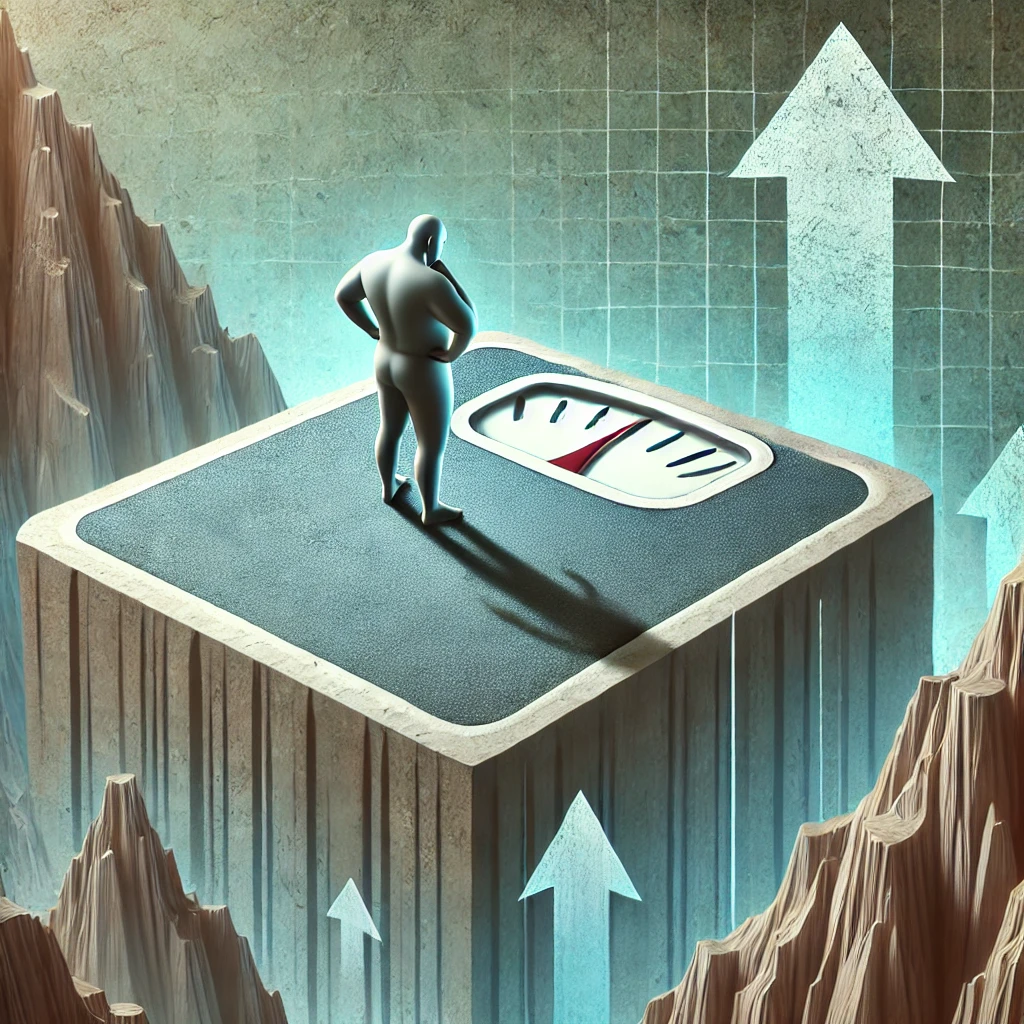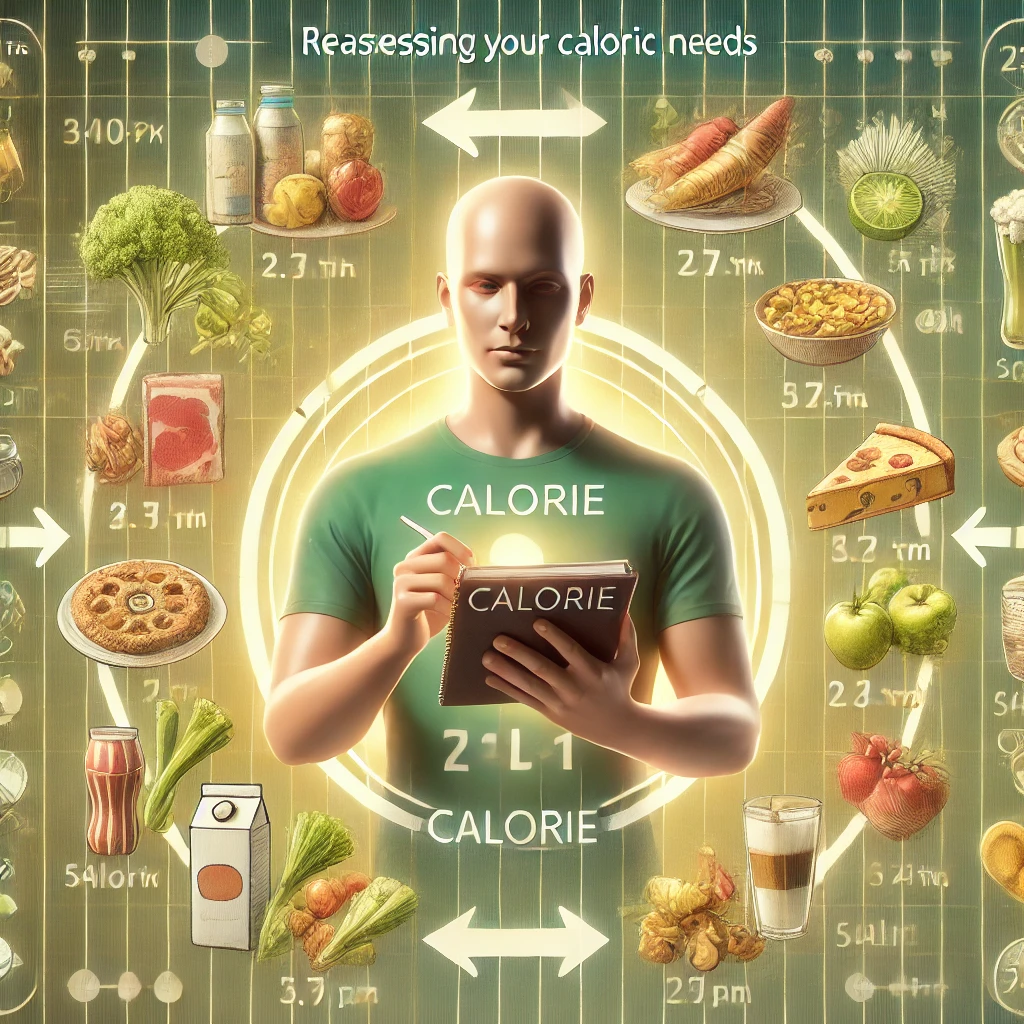Hitting a plateau in your weight loss journey can be frustrating and demotivating. Despite your best efforts, the scale just won’t budge. Understanding the reasons behind a weight loss plateau and employing effective strategies can help you push past this phase and continue your journey towards your health goals.
In this article, we will explore detailed information on what causes weight loss plateaus, how to identify them, and practical ways to overcome them.
What Is a Weight Loss Plateau?
A weight loss plateau occurs when your progress stalls despite maintaining consistent diet and exercise habits. After an initial period of losing weight, your body adapts to the changes, causing your weight loss to slow down or stop.

This happens because your body has reached a state of equilibrium where the calories consumed match the calories burned.
Causes of Weight Loss Plateaus
Understanding the underlying causes of a weight loss plateau is essential for developing strategies to overcome it. Here are some common reasons:
- Metabolic Adaptation: As you lose weight, your metabolism slows down because your body requires fewer calories to function. This decrease in metabolic rate can lead to a plateau.
- Loss of Muscle Mass: Along with fat, you may lose muscle during weight loss. Since muscle burns more calories at rest than fat, losing muscle can further reduce your metabolic rate.
- Caloric Deficit Adjustment: Initially, a calorie deficit leads to weight loss. However, as your weight decreases, your caloric needs drop, and the same deficit might no longer result in weight loss.
- Hormonal Changes: Hormones like leptin and ghrelin regulate hunger and metabolism. Weight loss can disrupt these hormones, leading to increased hunger and a slower metabolism.
- Consistency Issues: Over time, people may unknowingly relax their diet and exercise habits, reducing the effectiveness of their weight loss efforts.
Strategies to Overcome a Weight Loss Plateau
Now that we understand the causes, let’s explore effective strategies to break through a weight loss plateau.
1. Reassess Your Caloric Needs

As you lose weight, your body requires fewer calories. Recalculate your caloric needs based on your current weight, age, and activity level. You may need to reduce your calorie intake further or increase your physical activity to create the necessary deficit.
Daily Caloric Needs Based on Weight
| Weight (lbs) | Sedentary | Moderately Active | Active |
|---|---|---|---|
| 150 | 1,800 | 2,000 | 2,200 |
| 180 | 2,000 | 2,200 | 2,400 |
| 200 | 2,200 | 2,400 | 2,600 |
2. Change Your Exercise Routine
The same workout routine can become less effective over time as your body adapts. Try varying your workouts by:
- Incorporating High-Intensity Interval Training (HIIT): HIIT involves short bursts of intense activity followed by rest. It can boost metabolism and burn more fat.
- Adding Strength Training: Building muscle through weight lifting can increase your resting metabolic rate, helping you burn more calories.
- Switching Cardio Types: If you typically run, try swimming or cycling to challenge different muscle groups.
3. Increase Protein Intake

Protein helps preserve muscle mass during weight loss, which is crucial for maintaining metabolic rate. Aim for 1.2 to 1.6 grams of protein per kilogram of body weight daily. High-protein foods include lean meats, eggs, dairy products, and legumes.
4. Monitor Portion Sizes and Food Quality
Over time, it’s easy to underestimate portion sizes or indulge in calorie-dense foods. Keep a food diary to track your intake and ensure you’re not exceeding your caloric goals. Focus on nutrient-dense foods like fruits, vegetables, whole grains, and lean proteins.
5. Manage Stress Levels

Chronic stress can elevate cortisol levels, which may lead to increased appetite and fat storage, particularly around the abdomen. Incorporate stress management techniques such as meditation, yoga, or deep breathing exercises into your routine.
6. Get Adequate Sleep
Sleep is crucial for weight loss. Inadequate sleep can disrupt hunger hormones, making you more prone to overeating. Aim for 7-9 hours of quality sleep per night to support your weight loss efforts.
7. Consider a Diet Break

A diet break involves temporarily increasing your caloric intake to maintenance levels for a short period, usually one to two weeks. This can help reset hormones, reduce stress, and prevent muscle loss. After the break, you can resume your caloric deficit to continue losing weight.
8. Track Non-Scale Victories
Sometimes, the scale doesn’t reflect all the progress you’re making. Pay attention to other indicators of success, such as improved fitness levels, better fitting clothes, increased energy, and overall well-being.
Conclusion
Breaking through a weight loss plateau requires patience, persistence, and the willingness to make changes. By reassessing your caloric needs, varying your exercise routine, increasing protein intake, and managing stress and sleep, you can push past the plateau and continue on your weight loss journey. Remember, progress isn’t always linear, and small, consistent changes can lead to significant results over time.
FAQs
1. How long does a weight loss plateau usually last?
A plateau can last from a few weeks to several months. It varies depending on individual factors like metabolism and consistency in diet and exercise.
2. Is a weight loss plateau normal?
Yes, plateaus are a common part of the weight loss process. They indicate that your body has adapted to your current regimen.
3. Can drinking more water help break a weight loss plateau?
Staying hydrated can support weight loss by improving metabolism and reducing water retention. Aim for at least 8 cups of water a day.
4. Should I reduce my calorie intake further to break a plateau?
Only if you’re sure you haven’t been underestimating your intake. Reducing calories too much can slow metabolism and increase hunger.
5. Can cheat meals help break a plateau?
Occasional cheat meals can boost metabolism by increasing leptin levels. However, they should be planned and not lead to overeating.
References
- Healthline
- WebMD
- Mayo Clinic
- Working Against Gravity



